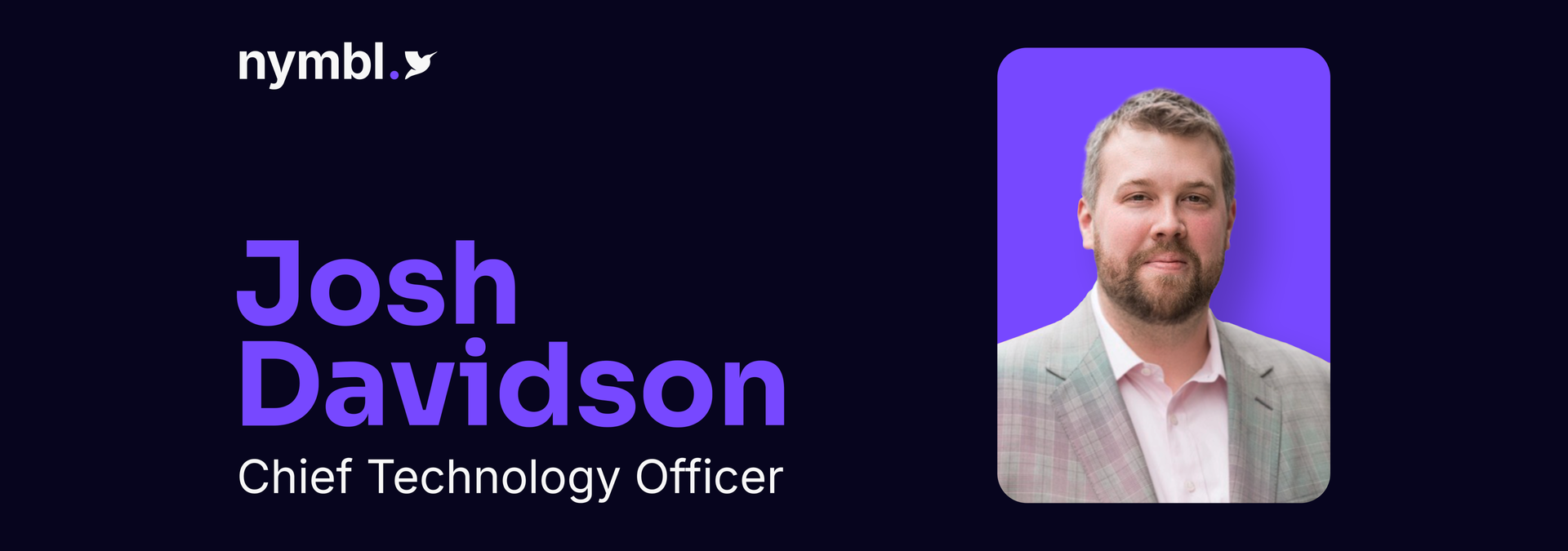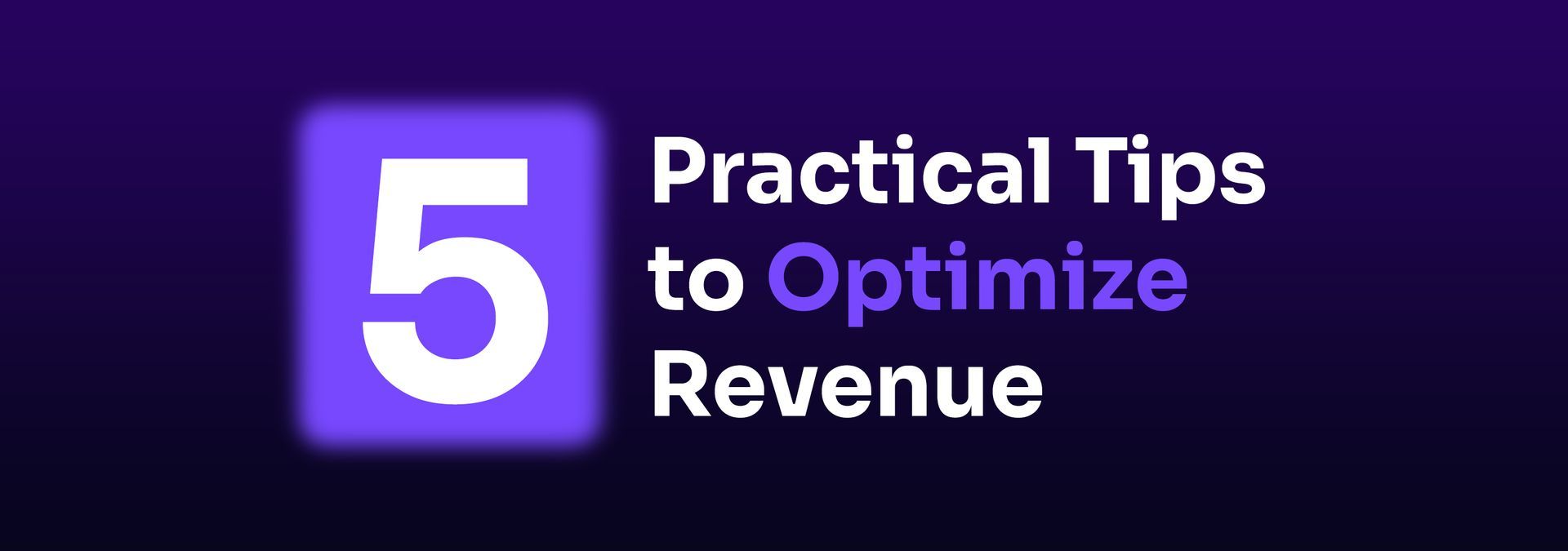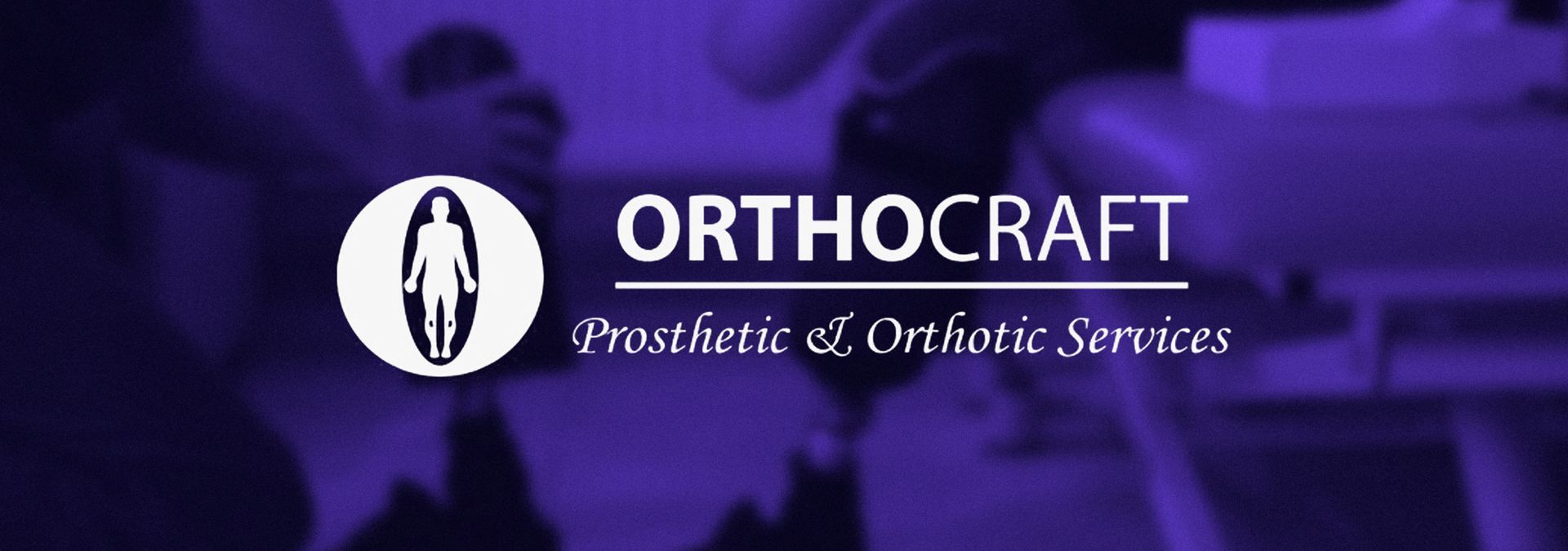How Workflow Failures Drive Burnout in O&P and CRT (and What You Can Do About It)
Burnout doesn’t mean your people don’t care. It means they’re exhausted from caring in a system that doesn’t support them. Let’s fix that system—together.”
– Georgi Gregory, Implementation Specialist at Nymbl
Fighting Burnout: Workflow Fixes That Support Your Staff and Your Bottom Line
In orthotics, prosthetics (O&P), and complex rehab technology (CRT), clinician burnout is more than a buzzword. It’s a rising threat to the future of patient care.
Clinicians and administrative staff are pushed to the brink, juggling documentation overload, inefficient workflows, and increasing pressure to do more with less. And the timing couldn’t be worse: the industry is facing a looming staffing cliff, with aging clinicians, under-filled training programs, and an increasingly complex care landscape.
It’s time to shift the conversation from surviving burnout to preventing it by building business systems that truly support your team.
The Warning Signs Practice Leaders Can’t Afford to Ignore
Burnout is often treated as an individual issue. But in O&P and CRT, it's systemic. And the data backs it up:
- According to the ABC’s 2022 Practice Analysis, over half of certified O&P practitioners have more than 11 years of experience, suggesting that a significant portion may be close to reaching retirement age. As these seasoned clinicians approach retirement, fewer graduates are entering the field to replace them.
- The National Commission on Orthotic and Prosthetic Education (NCOPE) has raised alarms about under-enrollment in O&P programs.
- Assistive Technology Professionals (ATPs) are also in short supply, particularly in rural and underserved regions, making it harder to deliver timely CRT services.
All of this compounds an already stretched workforce, and has the potential to lead to real consequences:
- Slower patient access
- Higher staff turnover
- Reduced clinician facetime
- Lower practice profitability
The Hidden Cost of Inefficient Workflows
Clinician burnout doesn’t start in the treatment room. It often begins in the inbox, with a referral missing critical documents, or a SOAP note that takes 45 minutes to complete because the system wasn’t built for your workflow.
When documentation is manual, when intake processes are inconsistent, and when staff have to chase signatures and rework claims, your team ends up spending more time on administration and less on what matters: patient care.
Some of the most common workflow pain points contributing to burnout include:
- Disjointed referral and intake processes
- Time-consuming documentation and LMNs
- Poor task visibility and lack of follow-up automation
- Reactive revenue cycle processes and missed claim deadlines
These issues not only drain your staff’s time and energy, they also cost your practice in missed revenue, rework, and lost opportunities.
Fix the Flow: How Smarter Workflows Reduce Burnout
The good news? Burnout isn’t inevitable. With the right workflow and technology strategies, practices can reduce stress, improve team morale, and protect their bottom line.
Here’s how Nymbl helps O&P and CRT practices turn chaos into clarity:
Smarter Intake & Referral Management
Revenue starts at intake—and so does staff frustration.
Nymbl’s automated intake tools:
- Ensure referrals are complete before they hit your team’s inbox
- Auto-track required documentation like physician notes and authorizations
- Accelerate scheduling and downstream billing processes
Result: Less back-and-forth, faster turnaround, and a clearer path from referral to reimbursement.
AI-Powered Clinical Documentation
Manual documentation is one of the biggest drivers of clinician burnout.
Nymbl’s AI-Powered Notes and LMN Generator transform documentation from a burden into a breeze:
- Automatically generate structured, payer-aligned notes from clinical input
- Drastically reduce the time spent drafting LMNs and documentation
- Allow clinicians to review and edit within the same interface
“AI Notes gets us 90% of the way there. We just make a few quick edits. We’re capturing far more detail than when we relied on memory, and we’re more focused on the patient, not the keyboard."
— Ryan Russell, Reseda Prosthetics and Orthotics
Automated Task Management
Manual task tracking (think sticky notes, spreadsheets, and inbox reminders) is a recipe for burnout and missed revenue.
Nymbl replaces these with:
- Rule-based workflows that auto-assign and escalate tasks
- Visual tracking of each patient’s journey from intake to claim
- Alerts for missing documentation or stalled cases
Result: No more guessing what’s next—your team stays aligned, on track, and confident.
Real-Time Visibility = Proactive Leadership
You can’t fix what they can’t see.
Nymbl’s business intelligence dashboards offer real-time insight into:
- Staff caseloads and task bottlenecks
- Documentation delays and payer trends
- Referral slowdowns and revenue risks
Result: With visibility comes control, and with control comes peace of mind.
Why This Matters Now
Clinician and staff burnout is more than an HR issue. It is a business risk. The O&P and CRT industries are on the brink of a staffing crisis, and the practices that thrive will be those that invest in sustainability.
Sustainability doesn’t mean doing more with less. It means designing better systems that do more for you.
Three Steps to Start Fighting Burnout Today:
- Audit your workflows: Where are your team’s biggest stress points? Intake? Documentation? Billing?
- Listen to your staff: What tools frustrate them? What workarounds are they using to “make it work”?
- Invest in automation:
Look for tools that eliminate duplication, standardize workflows, and surface risks before they become problems.
Let’s Build a Better System Together
At Nymbl, we believe burnout doesn’t happen because your people don’t care. It happens because they’re working day in and day out in a system that doesn’t care for them. Our mission is to change that by providing you with more innovative tools, simpler workflows, and real-time visibility, enabling you to lead with confidence.
But we don’t build in a vacuum.
What makes Nymbl different isn’t just the technology, it’s the way we work. Every feature in our platform, from AI-powered documentation to customizable dashboards, has been developed in close partnership with the individuals who use it: clinicians, billing teams, ATPs, and practice leaders who face the challenges of O&P and CRT care every day.
We listen first, build second, and we never stop improving.
That means:
- You’re not just adopting software. You’re helping shape it.
We regularly gather feedback from our customers and advisory councils to refine and expand features in direct response to real needs.
- We speak your language.
Our implementation and support teams understand the nuances of orthotics, prosthetics, and complex rehab workflows because that’s all we do.
- We don’t succeed unless you do.
Whether you’re looking to reduce burnout, clean up revenue cycles, or scale sustainably, we work alongside you to tailor Nymbl to your unique goals.
In a world where so many tools feel generic, disconnected, or built for someone else, we’re proud to offer a system that feels like it was made with you, because it was.
If you’re ready to give your staff the support they deserve and lead with clarity instead of chaos, we’d love to show you how.
Schedule a demo and see how our collaborative approach is setting a new standard for O&P and CRT software.




